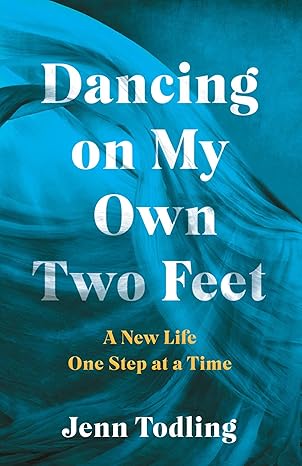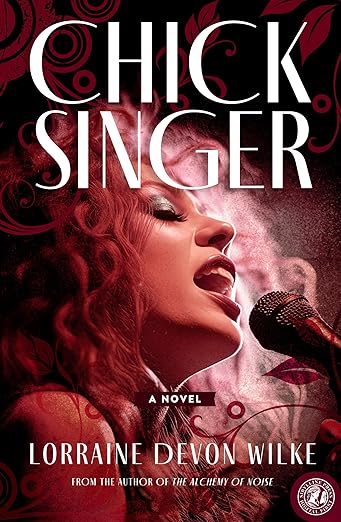Awakening the Muse Through Meditation
 Many of us know the nature of meditation is to sit and relax, focus on one’s breath, and clear the mind, but I’ve found meditation can do just the opposite for creativity. By that I don’t mean I meditate to stress out and create a web of random thoughts, but rather to open a calm gateway to inspiration and ideas.
Many of us know the nature of meditation is to sit and relax, focus on one’s breath, and clear the mind, but I’ve found meditation can do just the opposite for creativity. By that I don’t mean I meditate to stress out and create a web of random thoughts, but rather to open a calm gateway to inspiration and ideas.
I’ve practiced meditation regularly since about 2006. For me, regularly means a few times a week. Sometimes I drop off in my routine and I don’t get to it, but when I do, I’m rewarded with a feeling of serenity and reassurance. Afterward, I’m always psychologically recharged and ready to tackle whatever projects face me.
Usually, I meditate after lunch, which helps me refocus my mind from the outer, noisier world back to the inner, creative one of the morning. What I discovered was the thoughts that shot threw the blank scape of my mind were often related to what I had been writing that day. The relaxed sitting brought on ideas that I hadn’t thought of. Solutions to problems I’d been worrying about. Unrelated dialogue involving my characters. A plot point. Images. Places. “What if” questions.
Meditation masters always recommend redirecting your focus to your breath when a thought flies into your mind. But I found the intrusive thoughts weren’t worth stopping, they were too rich and useful. The more I practiced, the more I realized how extremely productive I became and how it actually boosted my confidence in my creative ability.
However, I do respect the “true” or “traditional” meditation process and I know that part of meditation’s work is freeing your ego from its wants. So I decided to do traditional meditation on days I wasn’t writing. On the days I was writing, I decided to meditate specifically to allow creative thoughts.
I nicknamed the practice “muse meditation.” It’s not anything particularly clinical or rooted in history, but it’s a technique that I believe is worth sharing with other writers. Here are five guidelines I’ve given myself for it.
1. Set the timer for 30 minutes and don’t have an agenda. As in traditional practice, I keep my expectations low, or rather, don’t have any at all. I’ve found this is more productive than trying to direct thoughts.
2. Only stop thoughts when they’re wandering into non-writing related topics. In other words, if I’m slowly realizing the name of a character, I allow my thoughts to roam, but if I’m thinking I need to wash the dishes, I interrupt my thoughts and focus on my breath. If I’m thinking of a funny tweet, I interrupt my thoughts and focus on my breath. If a descriptive passage is unraveling naturally, I let it go.
3. When ideas for a different creative piece arrive, marvel at that but don’t redirect thoughts to your current piece. The whole idea here is to be open to whatever creative ideas are living in my subconscious. So I try not to judge the quality of the writing-related thought.
4. If inspired enough to write or take notes on an idea that excites, end early. This very piece came to me while practicing muse meditation though I was working on a novel at the time. I stopped with nine minutes left and wrote the entire draft in a half-hour. When a strong creative wave surges, I try to hop on and surf. Having said that, I also stick with the process if the waves are smaller.
5. If sleep comes, allow it. Women writers are busy. We’re stressed. Sometimes it’s difficult to get enough sleep during the night. When I find myself so relaxed that I start to doze, I don’t beat myself up about it. I just doze. This goes against what a meditation teacher once taught me in a class. But I believe my mind will be more alert for the sleep later. Other teachers like Deepak Chopra agree. It’s okay to not always be “productive” and “on.”
6. When not receiving anything useful from the subconscious, don’t consider the exercise a failure. Meditation lowers blood pressure and soothes the mind, so if you spend 30 minutes doing only that, it’s already a success.
A few years ago, when I was stuck on the ending of a book, my MFA advisor recommended I lay on my couch during a quiet time, close my eyes, and try to let the ending unfold as if I were watching a movie. I think what she was recommending without knowing it (and years before I started doing it) was a form of muse meditation. Interestingly enough, it worked! You can call it relaxed thinking if that makes more sense to you, but regardless of its name, I recommend trying it. If nothing else, it’s fun to see what your mind comes up with next.
________________
Karen K. Hugg is a writer and horticulturalist living in Seattle, Washington. She’s been published in Minerva Rising, Specs, Opium, Hip Mama, and other journals. Her novel, Harvesting the Sky, was a semi-finalist in the Del Sol First Novel Prize competition. Her narrative, “The Scent of a Daphne,” is forthcoming in Rooted: An Anthology of Arboreal Nonfiction. She is available for representation. You can learn more about her at www.karenhugg.com.
Category: Contemporary Women Writers, How To and Tips
Comments (2)
Trackback URL | Comments RSS Feed
Sites That Link to this Post
- 7 Ways to Get Creative When You’re Not in the Mood - Karen Hugg | February 16, 2019





























Fully agree!